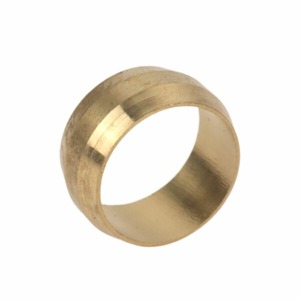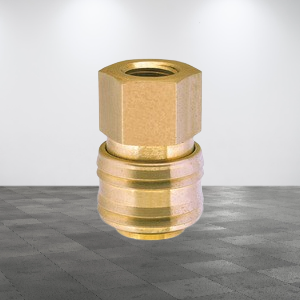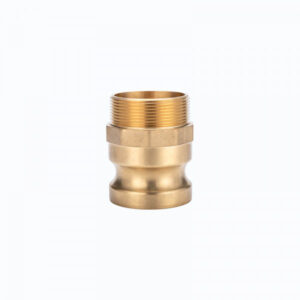BRASS SLEEVE COMPRESSOR FITTING
Specification
- Material Composition:
- Material: Made from high-quality brass, providing excellent corrosion resistance and durability.
- Finish: Often has a natural brass finish, though some are nickel-plated for added corrosion resistance and aesthetic purposes.
- Size Range:
- Available in various sizes, typically matching the outer diameter of the tubing it connects. Common sizes include 1/8 inch, 1/4 inch, 3/8 inch, 1/2 inch, and up to 1 inch.
- Standards and Certifications:
- Manufactured to meet industry standards, such as ASTM B16 for brass material quality.
- Often conforms to ISO or ANSI specifications for compression fittings.
Classification
- By Application:
- Plumbing: Used to connect water pipes and ensure leak-free seals.
- Gas Fittings: For secure connections in gas lines.
- Pneumatics: Used in air and pneumatic systems where a secure seal is required.
- By Size:
- Sized to match various tube or pipe diameters, available in both imperial and metric sizes.
Description
- Applications:
- Water Systems: Used in residential and commercial plumbing to connect copper, plastic, or PEX tubing.
- Gas Lines: Provides a secure, leak-free connection in natural gas and propane applications.
- Pneumatics: Creates a reliable seal in air systems for efficient operation.
- HVAC Systems: Used in heating and cooling applications, connecting lines where soldering isn’t ideal.
- Advantages:
- Corrosion Resistance: Brass is naturally resistant to corrosion, making it suitable for water and gas applications.
- Ease of Installation: Does not require heat or soldering; only requires tightening with a wrench.
- Secure Seal: Creates a reliable, leak-free connection.
- Reusability: Can be disassembled and reassembled if needed, though reusing compression sleeves may affect the quality of the seal.
- Limitations:
- Single-Use: Compression sleeves are typically not reusable, as they deform during installation.
- Pressure Limits: Not suitable for very high-pressure systems compared to welded or soldered fittings.
- Maintenance and Care:
- Inspection: Regularly check for leaks or wear, especially in high-use or critical systems.
- Proper Installation: Avoid over-tightening, which can cause the sleeve to crack or deform improperly.
- Replacement: Replace if the connection needs to be reassembled, as reusing the sleeve may result in leaks.




